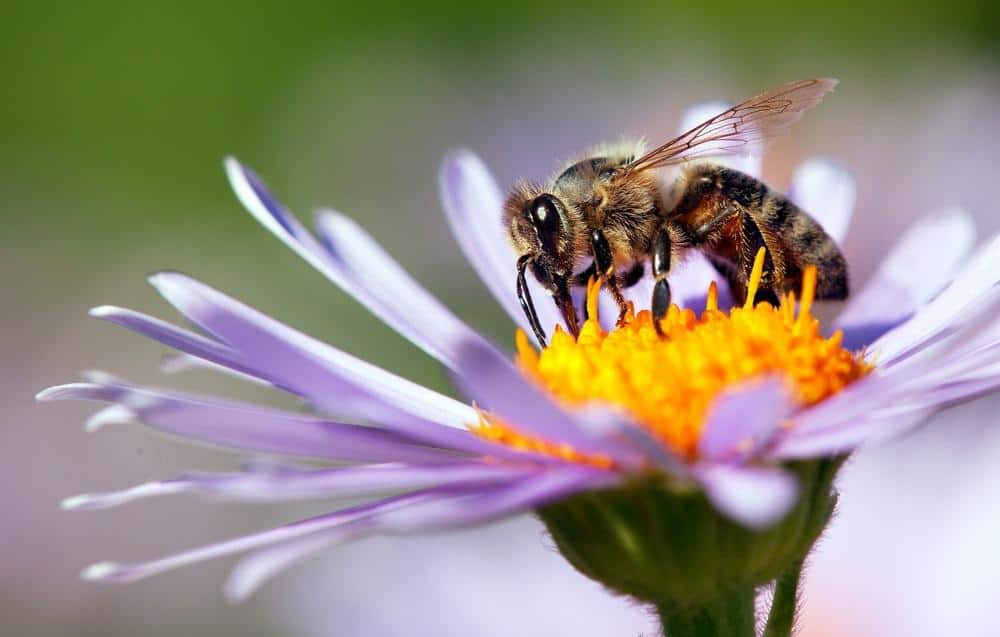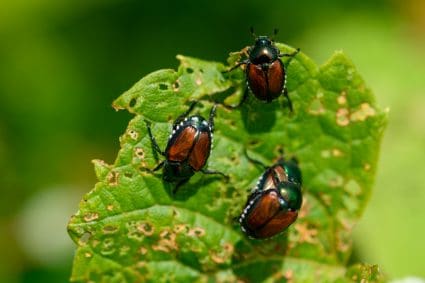
The Flow Hive has revolutionized the world of beekeeping, providing a more accessible and less invasive method of honey harvesting. But with its rise in popularity, some critics have raised concerns about its impact on bee health. Specifically, the question that often arises is, “Does Flow Hive kill bees?” This article aims to provide an in-depth analysis of this question, offering insights from various perspectives and presenting the facts based on expert opinions and scientific research.
Does Flow Hive kill bees? No, there is no direct evidence to suggest that the use of Flow Hive leads to bee deaths. The Flow Hive is designed to make honey extraction less invasive for the bees. However, bee health and survival largely depend on the beekeeper’s knowledge, skills, and commitment to maintaining the well-being of their bees. It’s essential for beekeepers to adopt proper beekeeping practices and regular hive inspections, regardless of whether they use a Flow Hive or traditional methods.
What is Flow Hive?
Flow Hive is a beehive brand that features a unique honey frame designed to allow honey extraction without needing to open the beehive, which is less disturbing to the bees. The key innovation in Flow Hive is the patented Flow Frame, which enables easy honey harvesting. The Flow Frame is made up of partially formed honeycomb matrices. When the honey is ready for extraction, a metal key is inserted into the frame, which offsets the honeycomb cells, allowing the honey to flow down and out through a spout.
Does Flow Hive Kill Bees?
There is no direct correlation between the use of Flow Hive and the death of bees. The Flow Hive is designed to make honey extraction easier and less invasive for the bees. Some beekeepers argue that it promotes “lazy beekeeping” practices, but this is more related to the beekeeper’s approach rather than the Flow Hive itself. Bee deaths can be attributed to various factors such as diseases, pests, and environmental conditions, but there is no evidence to suggest that the Flow Hive is directly responsible for bee deaths.
Components and Features of Flow Hive
Some concerns regarding the Flow Hive’s potential harm to bees revolve around the use of plastic combs, as some beekeepers prefer natural combs and believe they play a role in honey bee health. Bees sometimes ignore the plastic Flow Frames, likely because they prefer wax. However, the Flow Hive design itself is not inherently harmful to bees. The Flow frame technology allows honey to pour out of the beehive without causing injury to any bees.
Safety Measures When Using Flow Hive
When using a Flow Hive, beekeepers should adopt certain practices and precautions to ensure the safety of their bees. These practices include regular hive inspections, wearing protective gear when dealing with the hive, proper hive maintenance, swarm prevention, and safe harvesting precautions.
Flow Hive vs. Traditional Beekeeping
In terms of bee health and survival, the Flow Hive has both pros and cons compared to traditional beekeeping methods. One of the main advantages is that it provides a less invasive and time-consuming honey harvesting process, which can be less stressful for the bees. However, it still requires regular hive inspections and proper beekeeping practices. The impact on bee health and survival will largely depend on the beekeeper’s knowledge, skills, and commitment to maintaining the well-being of their bees.
Opinions from the Scientific and Beekeeping Community
The scientific and beekeeping community’s opinion on Flow Hive’s impact on bees is quite diverse. Some beekeepers worry that the Flow Hive interrupts the bond between a beekeeper and their bees. However, others argue that the Flow Hive is less intrusive to bees, as it allows for honey harvesting without causing significant disruption to the colony.
In conclusion, the Flow Hive can offer some benefits in terms of less invasive honey harvesting, but it does not eliminate the need for regular hive inspections and proper beekeeping practices. The safety of bees when using a Flow Hive is largely dependent on the beekeeper and how they manage their hive.
Frequently Asked Questions
How does the Flow Hive work?
The Flow Hive works through its patented Flow Frame technology. The Flow Frame is made up of partially formed honeycomb matrices. When the honey is ready for extraction, a metal key is inserted into the frame, which offsets the honeycomb cells, allowing the honey to flow down and out through a spout.
Does the Flow Hive require regular maintenance?
Yes, despite the ease of honey extraction with the Flow Hive, regular hive inspections and maintenance are still necessary to ensure the health and safety of the bees.
Can I use a Flow Hive if I’m a beginner in beekeeping?
Yes, the Flow Hive can be used by beginners. However, it’s essential to learn and understand proper beekeeping practices and hive management for the well-being of your bees.
Do bees accept the plastic Flow Frames?
Some bees may initially ignore the plastic Flow Frames as they tend to prefer wax. However, they usually accept the frames once they start depositing nectar.
What is the main difference between a Flow Hive and traditional beehive?
The main difference is the process of honey extraction. In traditional beekeeping, the honeycomb needs to be physically removed and crushed or spun in a centrifuge to extract the honey. The Flow Hive, on the other hand, allows honey extraction without opening the hive, causing less disturbance to the bees.










